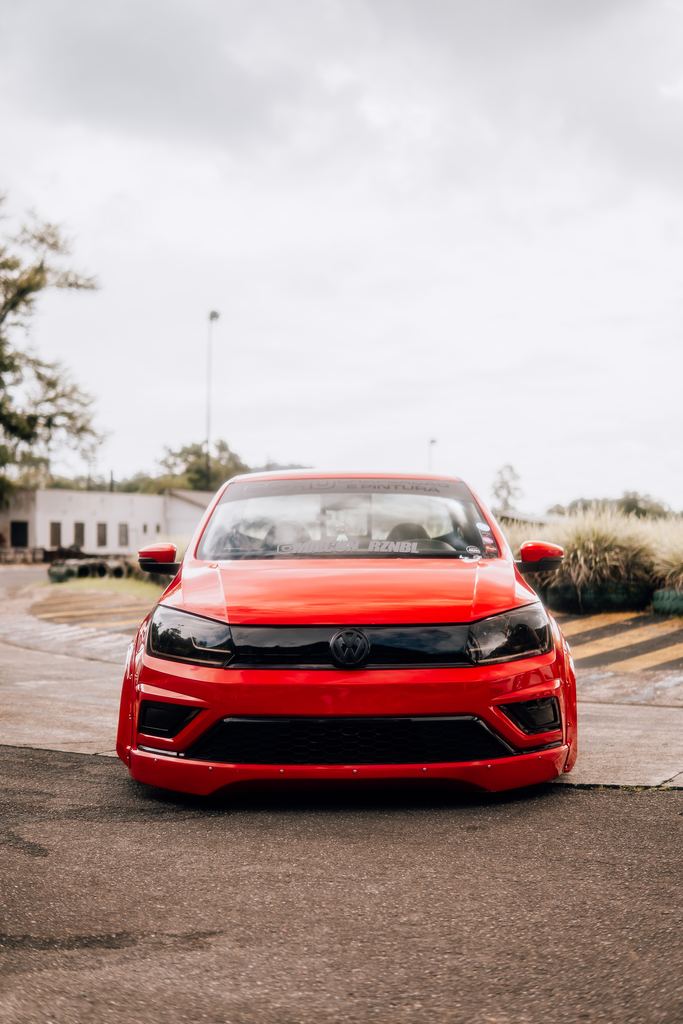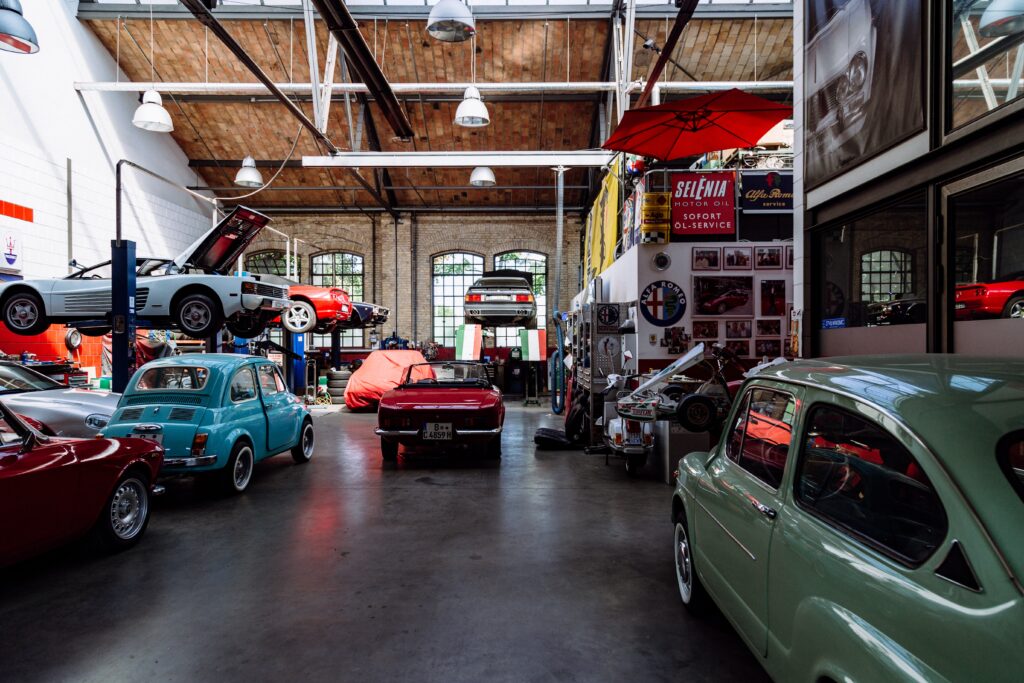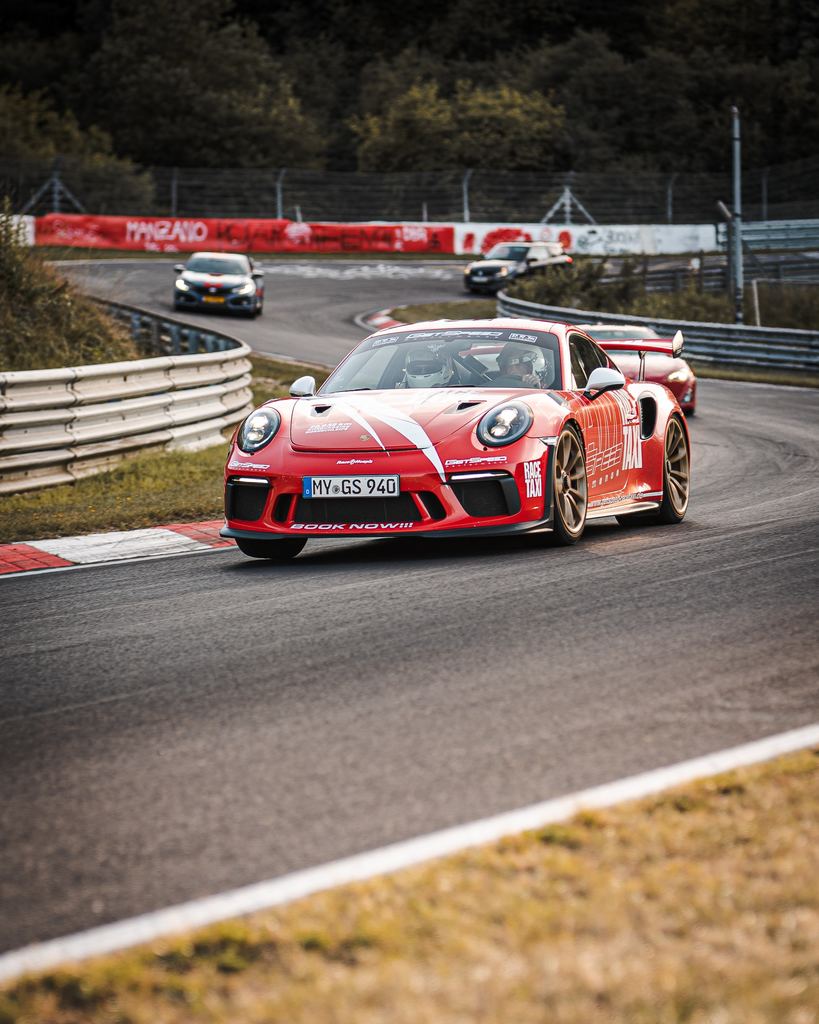
Are you a passionate fan of race cars and motorcycles? Do you crave the adrenaline rush that comes with speed and the sound of roaring engines? Look no further! Our blog is your ultimate destination for all things related to race cars, motorcycles, and the exhilarating world of motorsports.
Explore the World of Race Cars:
Dive into the high-octane world of race cars, where cutting-edge technology meets exceptional performance. Discover the latest news and updates from popular racing series such as Formula 1, NASCAR, IndyCar, and more. From off road to smooth concrete racing. From heart-pounding overtakes to strategic pit stops, we bring you closer to the thrilling action happening on tracks around the globe.
Unleash the Power of Motorcycles:
Experience the freedom and raw power of motorcycles as we take you on a thrilling ride through the world of two-wheeled speed machines. Get the inside scoop on the MotoGP, Superbike World Championship, and other premier motorcycle racing events. From the thunderous sound of the engines to the incredible lean angles in tight corners, we capture the essence of motorcycle racing.
Stay Informed with Expert Analysis:
Our team of passionate motorsports enthusiasts and experts provide in-depth analysis, race reviews, and technical insights. Discover the engineering marvels that drive these incredible machines, from aerodynamics and suspension to engine performance and tire technology. Gain a deeper understanding of the strategies and tactics employed by teams and riders as they push the boundaries of speed and skill.
Rev Up Your Knowledge with Engaging Content:
Immerse yourself in captivating articles, interviews, features, and photo galleries that showcase the world of race cars and motorcycles. From iconic moments in motorsport history to profiles of legendary drivers and riders, our content is designed to keep you engaged and entertained. We’ll also keep you up to date with the latest trends, innovations, and future developments in the industry.
Connect with a Thriving Community:
Join our passionate community of motorsport enthusiasts who share your love for speed, thrills, and power. Engage in discussions, share your experiences, and connect with fellow race car and motorcycle enthusiasts from around the world. Whether you’re a seasoned fan or a newcomer to the world of motorsports, our community is a place to share your passion and learn from others.
Experience the Thrill of Race Cars and Motorcycles:
Are you ready to embark on a journey into the world of race cars and motorcycles? Buckle up, put on your helmet, and join us as we explore the thrilling, fast-paced world of motorsports. From the roar of the engines to the electrifying moments on the track, Speed, Thrills, and Power is your ultimate guide to all things race cars and motorcycles.
Start your engines and let the excitement begin!
- Speed and Safety: Navigating Through the World of Race Cars and Motorcycles

Introduction: Thrills and Challenges in the Racing Realm
The world of race cars and motorcycles offers not just adrenaline-pumping excitement but also brings forth unique challenges and needs. From the pursuit of speed to ensuring safety and navigating through unexpected situations like requiring auto towing, this domain demands a meticulous approach. Let’s steer through the vital aspects of enjoying and managing racing vehicles effectively.
The Need for Speed: Unleashing Potentials Safely
Pushing the boundaries of speed while ensuring safety is a delicate balance that racers, both on cars and motorcycles, consistently navigate through. While every throttle and maneuver is a call to the vehicle’s power and the driver’s skill, it’s also a nod towards the lurking need for impeccable safety mechanisms and immediate response services, like a reliable tow truck service, to handle unforeseen track incidents.
Race-Ready: Ensuring Vehicles are Track-Worthy
Every vehicle that graces the race track demands not just optimal performance but also an assurance that, in the face of adversity or mechanical failures, immediate help, such as an emergency roadside service, is at hand. Mechanic checks, tire health evaluations, and engine diagnostics are all pivotal, ensuring that every race is not just a pursuit of speed, but also a testament to mechanical integrity and safety.
On-the-Track Emergencies: Managing Unplanned Incidents
Racing incidents, whether a mechanical failure or an on-track collision, require immediate and professional intervention. Having dedicated emergency services for racing events, which can efficiently handle situations from a minor engine failure to a critical vehicular malfunction, ensures that risks are mitigated and safety is prioritized, safeguarding participants and investments in the racing vehicles alike.
Conclusion: Accelerating Safely in the Fast Lane
Engaging with race cars and motorcycles, whether as a racer, an enthusiast, or an event organizer, necessitates an intrinsic focus on safety and preparedness, amidst the thrilling chase of speed and performance. Ensuring every vehicle is race-ready, while also having robust emergency management strategies, ensures that the pursuit of speed does not compromise on safety and operational efficacy on the track. Thus, a smooth ride in the fast lane is not just thrilling but also securely guarded against potential mishaps.
©2023 Racing Insights. All Rights Reserved.
- Race Cars and Safety: The Innovations and Measures to Protect Drivers

In the world of motorsport, speed and adrenaline go hand-in-hand with danger. The quest for victory often pushes drivers to their limits, and in such a high-stakes environment, safety becomes paramount. This blog post delves into the innovative safety measures and groundbreaking technologies designed to protect race car drivers, making the perilous sport of racing a little safer.
Harnessing High-Tech Helmets
Helmets have always been a fundamental part of a race car driver’s safety gear. However, modern racing helmets are far more than just hard shells. They incorporate advanced materials like carbon fiber and Kevlar for strength and lightness. Some helmets also feature a multi-density foam liner for impact absorption and fire-resistant lining for added protection. Innovations such as the HANS (Head and Neck Support) device have also played a crucial role in mitigating injuries during high-speed crashes by reducing the force transmitted to the neck and skull.
Mastering Monocoque Construction
Modern race cars, particularly in Formula 1, feature a monocoque construction. This design integrates the chassis and body into a single unit, enhancing structural integrity while reducing weight. The driver sits within this monocoque, surrounded by a survival cell made from layers of carbon fiber and other composites. This cell is incredibly strong and designed to absorb energy in the event of a collision, protecting the driver from potentially lethal forces.
Implementing Impact-Absorbing Barriers
Trackside safety has seen significant advancements in the form of impact-absorbing barriers. Traditional barriers made of tires or Armco barriers have been replaced with SAFER (Steel and Foam Energy Reduction) barriers and Tecpro barriers in many racetracks. These structures consist of energy-absorbing foam and steel tubing, designed to deform upon impact, absorbing energy that would otherwise be transferred to the driver.
Advanced Fire Protection
Fire is a serious risk in any motorsport, with high-speed crashes potentially rupturing fuel lines or tanks. Fire-resistant suits, made of materials like Nomex, have been standard for many years. However, recent developments have made these suits lighter and more comfortable while maintaining their protective properties. Additionally, most race cars are now equipped with onboard fire suppression systems that can douse a fire almost instantly.
The Halo: Guardian in the Cockpit
The introduction of the ‘Halo’ in Formula 1 represents a major leap forward in driver safety. This titanium structure, which surrounds the cockpit, is designed to protect drivers from large flying debris, a factor in many serious accidents in the past. Despite initial controversy over aesthetics and driver visibility, the Halo has already demonstrated its worth in several high-profile incidents.
Virtual Safety Training
With advancements in virtual reality (VR) technology, drivers now have the opportunity to undergo safety training in simulated environments. VR allows drivers to practice emergency procedures and decision-making in a safe and controlled setting, preparing them for real-world scenarios on the track.
Medical Support and Driver Monitoring
Onboard sensors and biotelemetry now enable real-time monitoring of drivers’ physical conditions during a race. This data can alert medical teams to potential issues before they become critical. Furthermore, rapid response medical teams and medical cars are stationed around the track to ensure immediate care in the event of an accident.
Conclusion
As thrilling as the world of motorsport can be, it’s not without its risks. But thanks to a continuous commitment to driver safety from teams, organizers, and the wider racing community, those risks are being steadily reduced. From high-tech helmets and fire-resistant suits to monocoque construction and virtual safety training, innovations in safety have revolutionized the sport. These advancements in safety technology and practices, underpinned by an unwavering dedication to preserving human life, ensure that our favorite racers can continue to push the limits, while we, as spectators, can enjoy the spectacle that is motor racing.
- Driving Excellence: Expert Tips and Techniques for Race Car Enthusiasts

Introduction:
For race car enthusiasts, the thrill of speed, precision, and competition is unparalleled. Whether you’re a seasoned racer or a budding enthusiast, honing your driving skills and techniques is crucial for achieving excellence on the track. In this blog post, we will dive into the world of race car driving and explore expert tips and techniques to help you elevate your performance and take your driving to the next level.
- Perfect Your Racing Line:
Mastering the racing line is essential for achieving optimal speed and efficiency on the track. The racing line refers to the ideal path around a circuit, taking into account the corners, apexes, and straightaways. Practice hitting the apexes (the innermost point of a turn) to maximize your speed and maintain control throughout the corner. - Smooth and Precise Inputs:
Smooth and precise inputs are key to maintaining control and maximizing speed. Gradually apply and release the throttle, brake smoothly, and make precise steering inputs to maintain stability and traction. Avoid abrupt or jerky movements that can upset the car’s balance. - Trail Braking:
Trail braking is a technique that involves carrying a portion of the braking into the turn, gradually releasing the brake as you approach the apex. This technique helps to transfer weight to the front tires, improving grip and allowing for better turn-in. Practice trail braking in a controlled environment to master this advanced technique. - Heel-Toe Downshifting:
Heel-toe downshifting is a technique used to match engine speed with the wheel speed during downshifts, ensuring a smooth transition and minimizing weight transfer. This technique requires simultaneous braking, blipping the throttle with the right foot, and shifting gears with the left foot. Mastering this technique enhances your control and stability during braking and cornering. - Visual Awareness:
Developing excellent visual awareness is crucial for anticipating and reacting to track conditions and other drivers. Maintain a forward focus, scanning the track ahead, and using your peripheral vision to be aware of other cars and potential hazards. Practice recognizing reference points on the track to enhance your spatial awareness and improve your reaction times. - Data Analysis:
Analyzing data from your onboard telemetry and lap times can provide valuable insights into your performance. Utilize data logging tools to identify areas for improvement, such as braking points, cornering speeds, and exit acceleration. Compare your data with experienced drivers to gain valuable knowledge and refine your driving technique. - Physical Fitness and Mental Focus:
Driving a race car demands physical and mental endurance. Engage in regular physical fitness activities to improve your strength, endurance, and flexibility. Additionally, practice mental focus exercises, such as visualization and meditation, to enhance your concentration and decision-making abilities on the track. - Continual Learning and Coaching:
Race car driving is an ever-evolving skill, and there’s always room for improvement. Seek opportunities for continual learning, such as attending driving schools, participating in track days, and seeking guidance from experienced coaches. Their expertise and feedback can help you refine your technique and overcome any challenges you may encounter.
Conclusion:
Becoming an exceptional race car driver requires a combination of skill, technique, experience, and dedication. By implementing the expert tips and techniques outlined in this blog post, you can elevate your driving skills and unlock your full potential on the track.
Remember, practice and consistent effort are key to refining your technique and achieving excellence. Embrace a growth mindset, continually seek opportunities for improvement, and never stop learning. With determination and a passion for driving, you can drive your way to greatness and experience the exhilaration of becoming an exceptional race car enthusiast.
- Perfect Your Racing Line:
- Clearing the Track: Junk Removal of Old Race Vehicles

Introduction:
Race cars hold a special place in the hearts of racing enthusiasts, but as time passes, some vehicles reach the end of their racing life. Whether it’s due to age, irreparable damage, or the pursuit of new racing endeavors, the need for junk removal of old race vehicles arises. In this blog post, we will explore the importance of responsible junk removal and provide you with insights on how to properly dispose of or repurpose your old race vehicles.
1. Assess the Condition:
Before proceeding with junk removal, assess the condition of your old race vehicle. Determine if any salvageable parts or components can be repurposed or sold. Consult with experienced mechanics or racing enthusiasts who may have an interest in acquiring specific parts. Salvaging usable parts not only reduces waste but also helps fellow racers maintain their vehicles more affordably.
2. Research Local Regulations:
Junk removal of race vehicles must comply with local regulations regarding disposal and recycling. Research the specific regulations in your area to ensure you adhere to the correct processes. Some jurisdictions have specific requirements for handling and disposing of race cars due to their specialized components, such as fuel tanks, batteries, and fluids. Complying with regulations helps protect the environment and prevents potential legal issues.
3. Donate to Racing Schools or Museums:
Consider donating your old race vehicle to racing schools, museums, or educational institutions specializing in motorsports. These organizations may be interested in accepting your vehicle as a learning tool or as an exhibit to inspire future generations of racers. Donating your race car not only provides it with a new purpose but also contributes to the preservation and promotion of motorsports history.
4. Repurpose for Non-Racing Use:
If the structure of your old race vehicle is still intact, explore opportunities to repurpose it for non-racing use. Some racing enthusiasts have transformed retired race cars into display pieces, home decor, or even functional items such as furniture or automotive-inspired artwork. Repurposing your old race vehicle allows you to preserve its legacy in a unique and creative way.
5. Seek Scrap Metal Recycling:
If your race vehicle is beyond salvageable components or repurposing, consider seeking scrap metal recycling services. Scrap metal recycling facilities specialize in processing and recycling metals, ensuring that they are repurposed for other applications. Contact local scrap metal yards to inquire about their acceptance of race cars and their recycling practices. This ensures that valuable materials from your vehicle are recycled and put back into circulation, reducing environmental impact.
6. Engage Professional Junk Removal Services:
If the condition of your race vehicle prevents salvage, repurposing, or recycling, consider engaging professional junk removal services. Junk removal companies specialize in the responsible disposal of various items, including towing services for vehicles. They have the expertise and resources to safely and legally dispose of your old race vehicle while adhering to environmental regulations.
7. Proper Fluid and Hazardous Waste Disposal:
When removing a race vehicle, it’s crucial to handle fluids and hazardous waste properly. Draining and disposing of fluids, such as motor oil, coolant, and brake fluid, should be done according to local regulations. Many communities have designated locations or facilities for hazardous waste disposal. Proper disposal prevents contamination of the environment and ensures compliance with waste management protocols.
8. Documentation and Cancellation of Registrations:
Ensure that all documentation related to the race vehicle, including titles, registrations, and license plates, is canceled or transferred to the appropriate authorities. This helps avoid any confusion or potential legal issues regarding ownership or liabilities.
9. Learn from the Experience:
The process of junk removal for old race vehicles allows you to reflect on the lifecycle of a race car and the responsibilities that come with it. Learn from the experience and consider the implications of future race vehicle purchases or projects. Develop a plan for responsible disposal or repurposing in advance to streamline the process when the time comes.
Conclusion:
Junk removal of old race vehicles is a responsible and necessary step in the racing journey. By assessing the condition of the vehicle, researching local regulations, exploring donation or repurposing options, seeking scrap metal recycling, engaging professional junk removal services, and properly disposing of fluids and hazardous waste, you can ensure that your old race vehicle finds an appropriate and environmentally conscious end. By handling the process responsibly, you contribute to the sustainability of motorsports and set a positive example for fellow racing enthusiasts.
- Safely Transporting Your Race Car or Race Motorcycle: A Guide for Racing Enthusiasts

Introduction:
As a racing enthusiast, you understand the importance of having your race car or race motorcycle safely transported to the track. Whether you’re participating in a local event or a national competition, proper transportation is crucial to ensure your vehicle arrives in pristine condition. In this blog post, we’ll provide you with valuable insights and tips on how to transport your race car or race motorcycle safely and securely, allowing you to focus on the thrill of the race.
1. Choose the Right Trailer:
Selecting the appropriate trailer for transporting your race vehicle is the first step in ensuring a smooth and safe journey. For race cars, an enclosed trailer offers protection from the elements and provides added security. Look for trailers with built-in tie-down points, adjustable ramps, and sufficient interior space to accommodate your vehicle and any additional equipment or tools.
2. Prepare Your Vehicle:
Before loading your race car or race motorcycle onto the trailer, take the time to prepare it for transportation. Check tire pressures and inflate them to the recommended levels. Inspect the vehicle for any loose components or fluid leaks and address any issues promptly. Secure loose parts, such as removable wings or spoilers, to prevent damage during transit.
3. Secure the Vehicle Properly:
Properly securing your race vehicle inside the trailer is essential to prevent shifting or damage during transportation. Use high-quality straps and wheel chocks to immobilize the vehicle. For race motorcycles, consider using specialized motorcycle wheel chocks to secure the front wheel. Apply tension evenly to the straps to ensure a balanced and secure load.
4. Balance the Load:
Maintaining a balanced load inside the trailer is crucial for stability and safe towing. Position the race car or race motorcycle centrally within the trailer, distributing the weight evenly across the axles. Avoid overloading the front or rear of the trailer, as this can impact towing stability and compromise safety.
5. Check Trailer Hitch and Coupling:
Inspect the trailer hitch and coupling to ensure they are in good working condition before attaching the trailer to your towing vehicle. Make sure the hitch and coupling are properly secured and locked. Double-check all connections, including safety chains and electrical wiring, to ensure they are secure and functioning correctly.
6. Plan Your Route:
Before hitting the road, plan your route to the racing destination. Consider factors such as road conditions, traffic patterns, and any height or weight restrictions that may apply to your trailer and towing vehicle. Opt for routes that are well-maintained, with wide lanes and minimal sharp turns or steep inclines. Check for any road closures or construction that may affect your journey.
7. Be Mindful of Weight Limits:
Adhere to weight limits set by your towing vehicle and trailer manufacturer. Overloading your towing vehicle or exceeding the trailer’s weight capacity can compromise safety and put undue stress on the vehicle’s drivetrain and suspension. Distribute weight evenly between the towing vehicle and the trailer to maintain stability and control.
8. Drive Smoothly and Responsibly:
When towing your race vehicle, drive defensively and anticipate the increased braking distance and reduced maneuverability. Maintain a safe following distance from other vehicles and avoid sudden lane changes or abrupt braking. Accelerate gradually to minimize stress on the towing vehicle and trailer.
9. Regularly Check the Trailer and Vehicle:
During your journey, make periodic stops to inspect the trailer and vehicle. Check the straps and tie-downs to ensure they are still secure. Examine the tires for any signs of damage or abnormal wear. Verify that all lights and signals on the trailer are functioning properly.
10. Unload with Care:
Once you arrive at the racing venue, unload your race vehicle with caution. Follow the reverse procedure of the loading process, ensuring proper balance and stability. Use caution when removing straps and tie-downs, and slowly release tension to avoid sudden movements.
11. Consider a professional towing company:
If you do not think you can safely transport your own vehicle – please consider hiring a professional towing company and use their towing services that can handle this and is licensed and insured. You might have to pay a little extra, but your peace of mind will be worth is.
Conclusion:
Properly transporting your race car or race motorcycle is essential to ensure it arrives at the track in optimal condition. By choosing the right trailer, preparing your vehicle, securing it properly, balancing the load, checking the trailer and vehicle, planning your route, and driving responsibly, you can enjoy peace of mind knowing that your prized racing machine is safe and secure during transportation. With a well-executed transportation plan, you can focus on what you love most—racing and pushing the limits on the track.